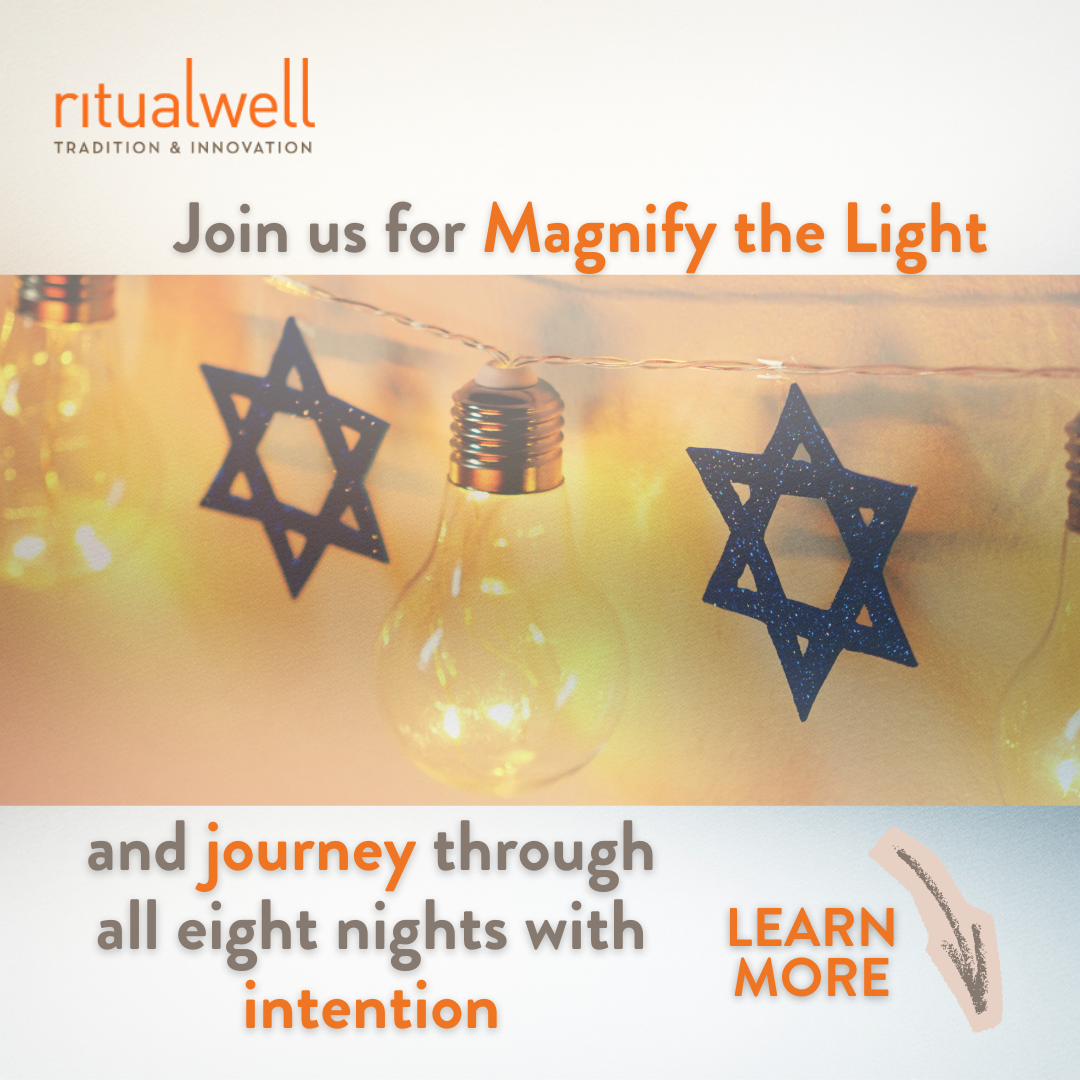On Rosh Hashanah L’ilanot, the New Year of the Trees, the trees and the Tree of Life are judged for another year of fertility or not—just like human beings are judged on Rosh Hashanah.
I think I understand praise and gratitude pretty well—they rise up in me towards the universe in its many particulars. I don’t really think that there is Anyone in Particular Who needs my hodaot (thanksgivings), but it feels helpful and appropriate to cultivate that sensibility and to express it. If nothing else, I benefit from a grateful spirit.
I’m less theologically clear about bakashot (requests, petitions). Without a sense of To Whom, it seems funny to be asking for things.
But petition seems to be at the heart of Tu b’Shevat. On Rosh Hashanah L’ilanot, the New Year of the Trees, the trees and the Tree of Life are judged for another year of fertility or not—just like human beings are judged on Rosh Hashanah. The Pri Etz Hadar teaches that we bless and imbibe fruits with the intention that this gesture somehow weights the scale to the good for the natural world, which is, of course, all of us.
I live in the redwood forest of the northern California coast, where 96% of the ancient trees have already been cut down, and much of the more recent forest as well; consequently, our rivers are silted up, our local coho salmon are on the endangered list, and we’ve lost all the local mill jobs that sustained our human economy. It’s still incredibly beautiful here, and herons and seals and very big trees are part of every day of our lives. So, around here, we feel both love for the earth and heartbreak at its injuries pretty keenly.
Because of all this, Tu b’Shevat is our Jewish community’s favorite holiday. For many years now we’ve done a beautiful, deep seder on Tu b’Shevat, more or less in accord with the Pri Etz Hadar, ascending—with fruit, wine and blessing—from the material plane of assiyah through the “blueprint” of yetizirah to beriah, where the Divine conceives the idea of a world. In the world of beriah—at that liminal place—it is our custom to pause, open the ark (which we have filled with branches and quince blossoms) and to pray for the continuation of the natural world. This always seems like the central moment of the seder. (The fourth world is called atzilut, and we incline our souls in that direction towards the end of the seder.)
The continuation of the natural world! (That is the bakashah of all bakashot, is it not?) What greater petition could we possibly make? Every year I think about how we might genuinely communicate the longing from the heart of our community for a renewed Tree of Life.
We’ve done various gestures of request before our open ark: naming particular beloved landscapes; keening and lamenting; reciting kabbalistic tikkunim, like those of R. Hayim of Baghdad (from Trees, Earth and Torah, edited by Ari Elon, Naomi Mara Hyman and Arthur Waskow–the gold mine for beautiful ideas and texts about Tu b’Shevat!) We’ve also explored pretty deeply how you eat a grapefruit as a prayer…
But I always feel like I’m faking it just a little bit right here. I have a little bit of discomfort turning to the ark and saying, however elegantly, “Please save our world for another year.” Not that it’s wrong or anything—I just don’t quite understand what I’m doing.
Actually, in writing this I think I’ve answered my own question: bakashot, just like hodaot, are expressions of love and honor. On Tu b’Shevat, we feel our love and our hurt for our beloved landscapes, and we offer up our heart’s expression, just as we might offer gratitude in another context. The modality matters, but it’s secondary. Praying for our wounded earth is an expression of love—hurt love, worried love, but love, nonetheless. Ahavat olam, indeed…
Margaret has been the rabbi of the Mendocino Coast Jewish Community since 1989.






